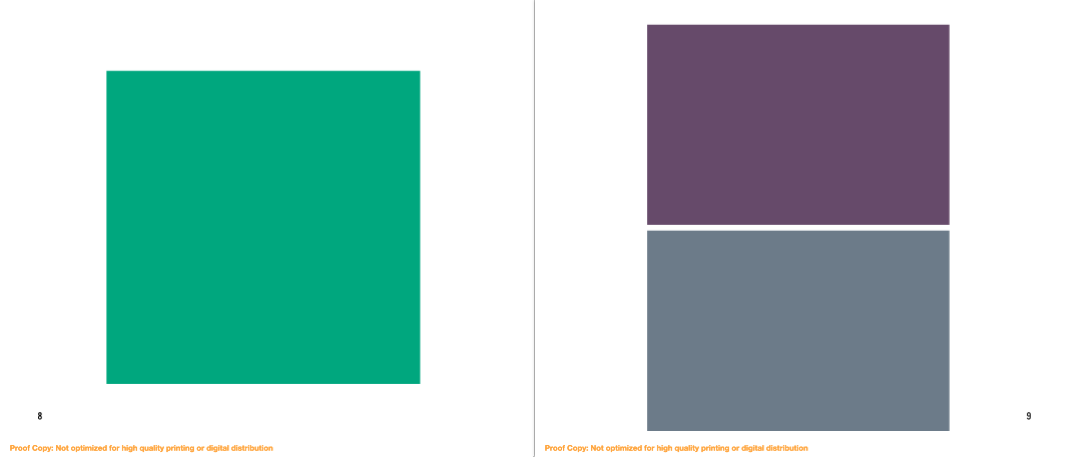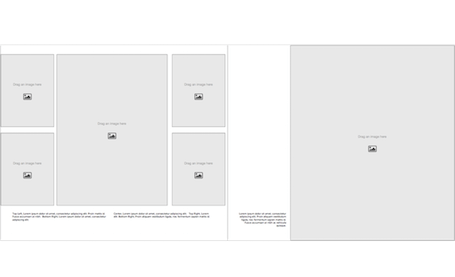
And I recommend testing out the upload process within BookSmart at the beginning before investing time in a photo book that can no longer be uploaded for printing.īut all is not lost! There’s a way to import your BookSmart photo book into BookWright – either to keep working on a book-in-progress or to use your favorite layouts for your next BookWright photo book.

You may still be able to open and upload a book you’ve already started….but I’m not sure that will always be an option in the future. Here’s a sample of the first three tips in one layout:Ī while ago, I wrote about how Blurb is no longer offering BookSmart in their program offering. Plus, incorporating negative space adds space for text, as I discussed in tip #2. For me, if I’m looking through a photo book or magazine crammed with a lot of photos, page after page, I start to get overwhelmed. Having negative space gives a little extra room so the layouts don’t feel too overwhelming. While this may not be true for all magazines, I tend to notice negative space – either in the photos or the layouts. Whether it’s a title, a quote or a caption, find small ways you can add text. However, if you’re looking to make a layout more magazine-like, it helps to have some amount of text on the spread. After I get through the photos, and layout the pages, it’s hard for me to go back in and add a caption to the photos. I know, I know….adding text to a photo book is another layer of work that people just don’t get it. So the first easy step to achieving a magazine-style photo book is to flip the orientation and make a portrait book. However, magazine are almost always portrait (vertical) orientation. This makes sense, particularly if you normally shoot in a landscape orientation. Either the standard size (similar to a size of paper) or the oversize version. Most of my workshop participants prefer to use the landscape orientation for their photo books.
#Custom page size in bookwright pdf
And bonus – you’ll get a new inspiring PDF every month. If you want to go deeper, all photo book club members get access a PDF with more detail and my analysis of existing magazine layouts. I wanted to share a few key points with you. When it comes to photo books, I tend to be more engaged and finish a project if I’m able to try something new that excites me.Īs I’ve been working with my photo book club members, a lot of the students are interested in trying a magazine-style layout. This opens up some time and energy to exploring design concepts you wouldn’t normally try.
#Custom page size in bookwright how to
Fewer photos means less to select, edit, and decide how to incorporate in layouts. With this project, the goal is to reduce the amount of photos – only use photos from a particular time period – in order to focus on the design. I’m planning to document 2 weekends spaced over 6 months in 1 photo book. Here’s an example of a layout and how it looks with photos placed in it.Īs I recently wrote, in my Photo Book Club, we are working on a special photo book project in 2017.

I wanted to create a sleek, modern look that feels refreshing to flip through.Ĭonsider this template your safety net to try something new when it comes to design. I observed and studied my favorite catalogs then practiced a couple of different layouts to see what I thought would work best for an annual photo book.

That is exactly what I’ve done with my new photo book template: Catalog Collection. Sometimes it takes seeing how it can be done, to feel confident to try it with your own photos. Trying new things with your photo book can be a little scary without a safety net. Yet you feel stuck trying to reach outside your comfort zone. You want to try something different, unique, extraordinary. Sometimes you want to break the mold of placing all of your photos in the center of a photo book layout. While we are not adventure seekers, we like to approach new situations on terms that feel comfortable to us. At the same time, they have a curiosity that pushes them to make sure they don’t remain too complacent.Īnd I’m the same way. While my kids embrace new or different situations, they always do it carefully and recognize their boundaries and limitations. And it was only a couple of weeks ago when my son fell during a game of tag and skinned both of his knees that I realized that this was the first time we had a major cut to clean and cover with a large band-aid. They’ve never broken a bone or had to have stitches (knock on wood). They never climbed out of their crib or climbed on the furniture. Usually I like to stick within my comfort zone and it’s only when I’m able to fully observe the situation and figure out if it’s something I can really do, that I finally take the first step in doing something new.Īnd I’ve realized that this is how I’m raising my kids. Approaching unfamiliar situations or trying something physically risky causes a bit of anxiety for me.


 0 kommentar(er)
0 kommentar(er)
